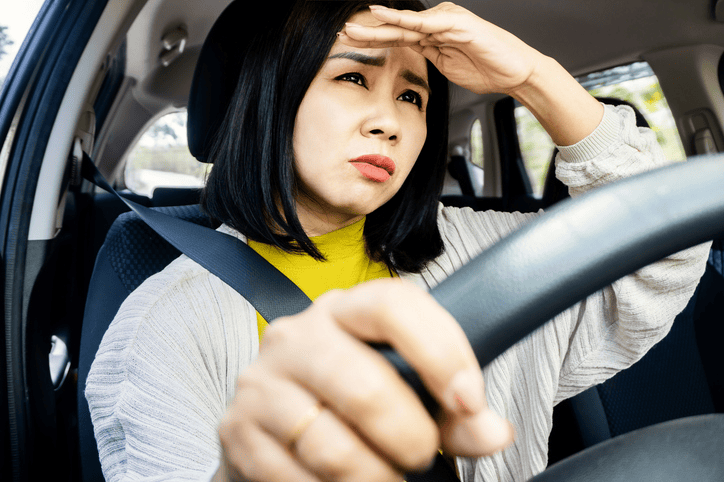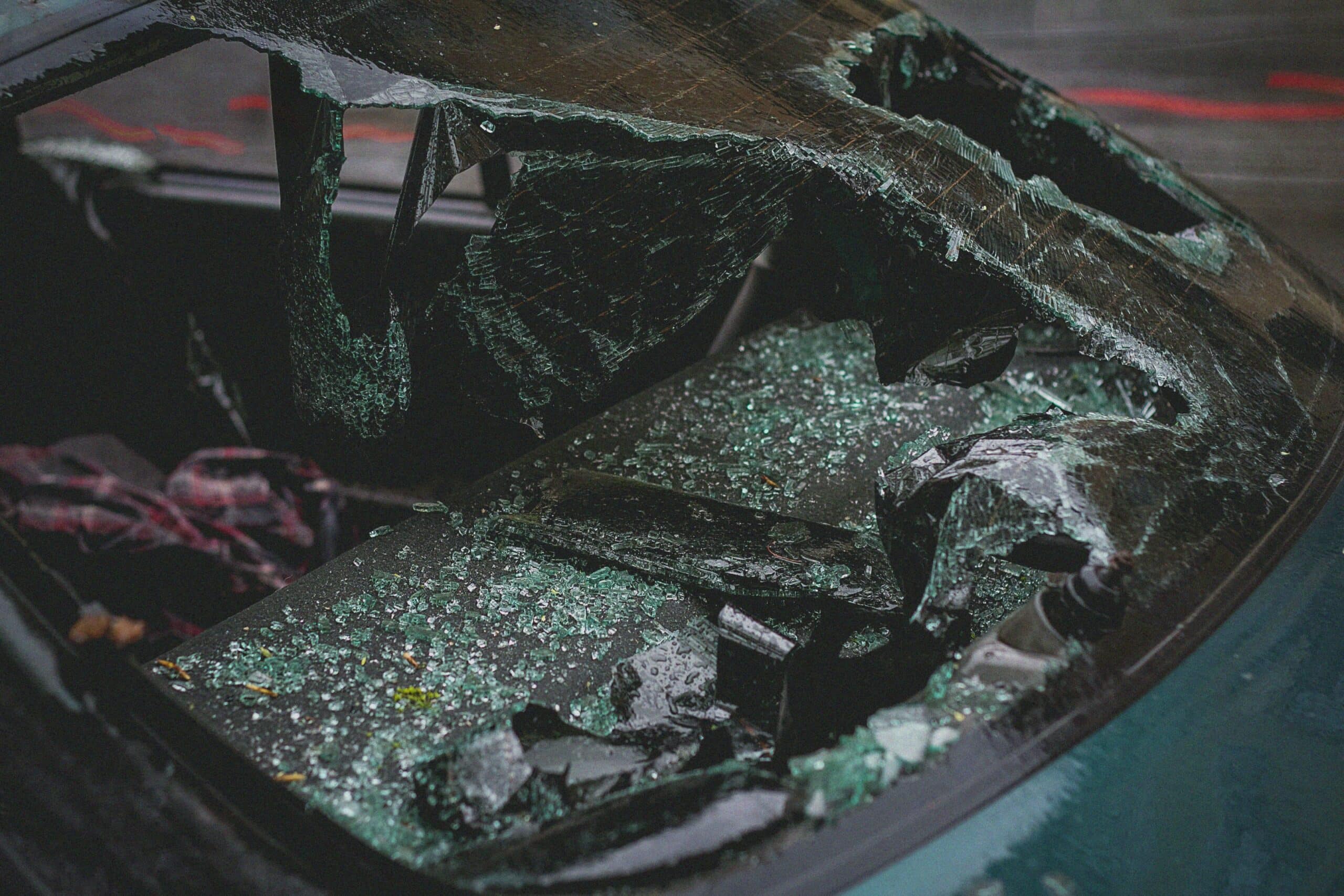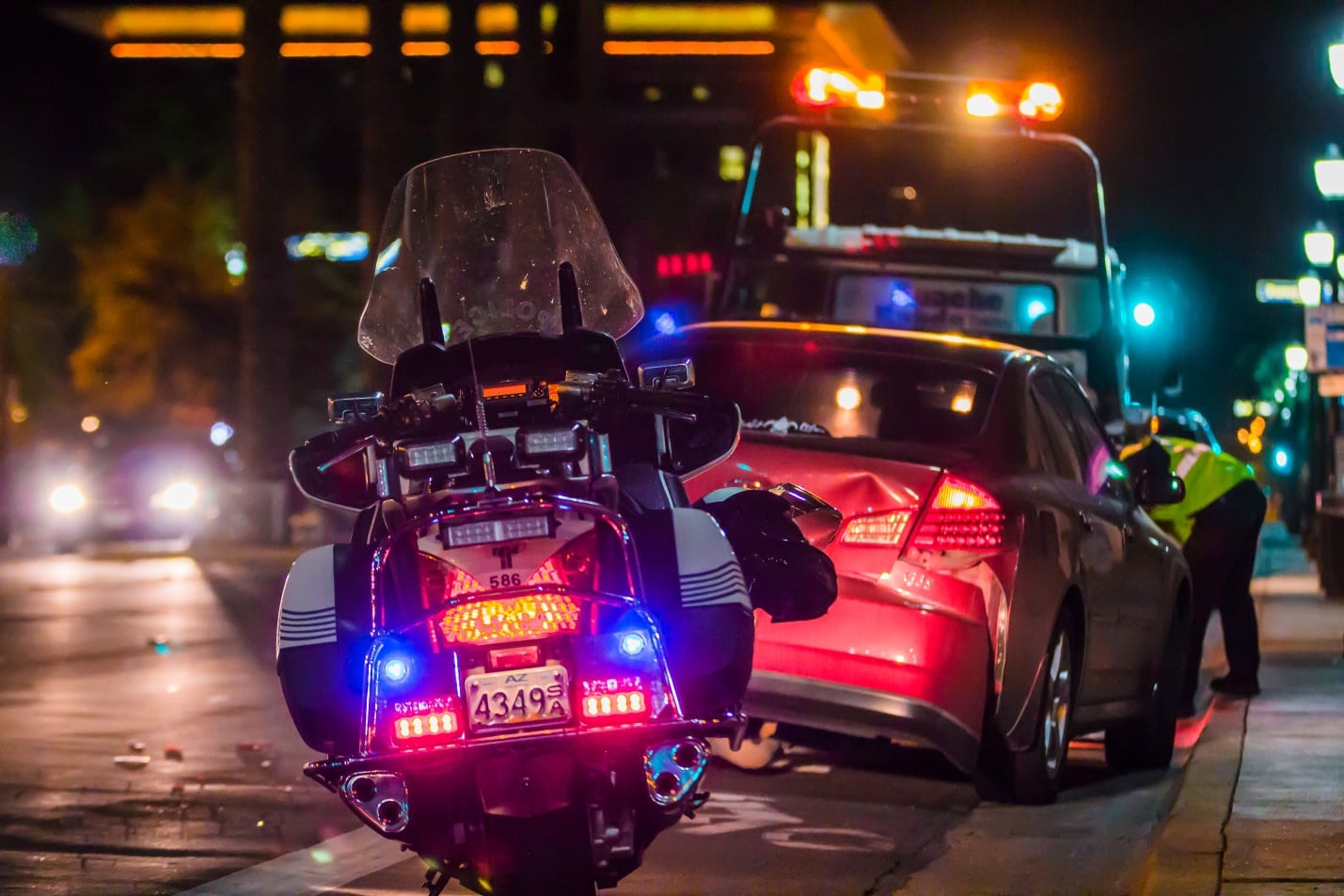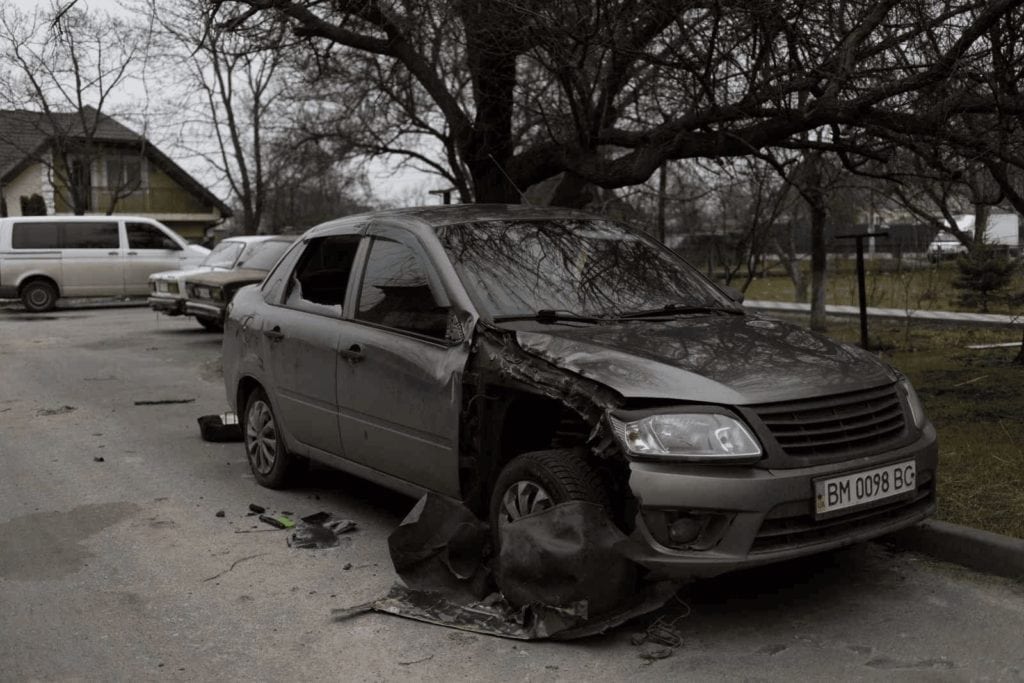
Car accidents can happen to anyone, anywhere, and at any time. They can range from minor fender-benders to catastrophic collisions, and determining fault is a pivotal aspect of any car accident lawsuit. Whether you’re the plaintiff or defendant, understanding how the location of damage on the vehicles involved can play a crucial role in establishing fault is essential.
In this article, we will explore the intricacies of determining car accident fault, focusing on the location of damage and its impact on the legal proceedings.
The Importance of Determining Car Accident Fault
Car accidents are distressing experiences, and they can lead to physical injuries, property damage, and emotional trauma. In Nevada, years 2021 and 2022 are listed amongst the five deadliest years in car accidents.
When an accident occurs, it’s vital to determine who is at fault, as this assessment is the cornerstone of resolving issues related to compensation, insurance claims, and legal liability.
Location of Damage in Car Accidents
One of the key factors to prove fault in a car accident is the location of the damage sustained by the vehicles involved. By examining this, you can often infer how the accident occurred and who might be at fault. Here are some common scenarios related to the location of damage:
Rear-End Collision:
In a rear-end collision, when the front of one vehicle collides with the back of another, the fault is typically assigned to the driver of the rear vehicle. This is because the rear driver is expected to maintain a safe following distance and avoid collisions.
Side Impact Collision:
Also known as a T-bone collision, this type of accident occurs when the front of one car crashes into the side of another. Determining fault in these cases often involves assessing who had the right of way. If one driver ran a red light or failed to yield, they are typically considered at fault.
Head-On Collision:
In head-on collisions, the location of damage can indicate which vehicle crossed into oncoming traffic. This can help establish fault for the accident.
Damage on the Passenger Side:
If one vehicle’s passenger side is damaged, it might suggest that the other driver was at fault. This is because the passenger side is typically considered the “safe” side, and drivers should exercise caution when approaching vehicles from that direction.
Location of Impact on the Vehicle:
Damage to the rear bumper, for instance, can suggest a rear-end collision, while damage to the front of a vehicle might imply that it struck something or someone. The location of damage can be critical in piecing together the events leading to the accident.
Skid Marks and Tire Marks:
The presence of skid marks or tire marks can provide additional evidence about how the accident occurred. They can help in proving fault, especially when combined with other factors.
Extensive Damage:
The extent of damage can also be a crucial factor. If one vehicle sustains extensive damage while the other has minimal damage, it can indicate which driver was primarily responsible for the accident.
Additional Evidence to Determine Fault
While the location of damage is an important piece of the puzzle in determining fault, it’s rarely the only factor. Other evidence includes:
Witness Testimony: Eyewitnesses can provide valuable accounts of how the accident happened. Their testimony can be pivotal in proving fault.
Police Reports: Law enforcement officers who arrive at the accident scene will often create a detailed report, which can provide valuable information to determine car accident fault.
Accident Reconstruction Experts: In complex cases, accident reconstruction experts may be called upon to analyze the evidence and provide an expert opinion on how the accident occurred.
Bodily Injuries and Medical Records: The nature and extent of injuries sustained by the drivers and passengers can provide clues about the dynamics of the accident.
Cell Phone Records: If distracted driving is suspected, cell phone records can be examined to determine if a driver was using their phone at the time of the accident.
Weather and Road Conditions: Poor weather or road conditions can sometimes contribute to accidents. These factors may also play a role in determining fault.
Vehicle Position and Traffic Signals: Surveillance footage, traffic signals, and the position of the vehicles before and after the accident can be examined to understand how the collision occurred.
The Role of Insurance Companies
Insurance companies play a significant role in car accident cases. They are responsible for covering the costs associated with accidents and determining which party is at fault. Insurance adjusters will investigate the accident, assess the location of damage, and use all the evidence available to establish fault.
It’s important to remember that insurance companies are primarily focused on minimizing their payouts. This means that even if you believe the location of damage clearly indicates the other driver’s fault, the insurance company may contest your claim. This is where an experienced car accident attorney can be invaluable.
When to Seek Legal Representation
Car accidents are inherently stressful and can take a toll on your physical, emotional, and financial well-being. When the fault is disputed or uncertain, the situation can quickly escalate in complexity. This is when seeking legal representation becomes not just wise but also crucial to safeguard your rights and secure the compensation you deserve.
Navigating the Legal Process
The aftermath of a car accident can be overwhelming. You may find yourself grappling with mounting medical bills, vehicle repair costs, and insurance claims. Moreover, the determination of fault often forms the linchpin of the entire legal process. Without a clear understanding of who is responsible, you may be left in a precarious position.
This is where an experienced car accident attorney comes into play. They are well-versed in the intricacies of the legal system, especially when it comes to a car accident claim. Their knowledge and expertise can be an invaluable resource, guiding you through the complexities of the process and helping you make informed decisions.
Preserving Crucial Evidence
One of the primary roles of an attorney in a car accident case is to preserve vital evidence that can be used to establish fault. This evidence can include:
Witness Statements: Eyewitness accounts can provide a crucial perspective on how the accident transpired. Your attorney will gather and document these statements to build a strong case in your favor.
Surveillance Footage: In some cases, nearby surveillance cameras may have captured the accident. Your lawyer can investigate and obtain this footage, which can serve as indisputable evidence of what occurred. However, this footage typically only lasts a few days.
Accident Reports: Law enforcement officers at the scene create detailed accident reports. These documents often contain valuable information that can help determine fault. Your attorney will review and utilize these reports to support your case.
By effectively collecting and preserving such evidence, your attorney can bolster your position and work toward proving that the other party is at fault.
Negotiating with Insurance Companies
Insurance companies are notorious for their focus on minimizing payouts. While they are an essential part of the process, they primarily represent their own interests, not yours. Having an attorney on your side means you have a professional who can level the playing field. They will engage in negotiations with insurance companies on your behalf to ensure you receive fair compensation.
Your lawyer’s knowledge of the law, the specifics of your case, and their ability to articulate your position can be a powerful tool in achieving a favorable settlement. They can ensure that you are not shortchanged and that your medical expenses, property damage, and other damages are adequately covered.
Proceeding to Trial
In the majority of car crash cases in Nevada, disputes are resolved through settlements with insurance companies. However, there are instances where an agreement cannot be reached, and the case must proceed to trial. This is a scenario where the experience and expertise of a skilled car accident attorney can make all the difference.
Taking a case to court is a complex process, and a legal professional who specializes in car accident cases can provide you with the representation you need. They will build a compelling case, present evidence, question witnesses, and argue on your behalf. Their knowledge of Nevada’s legal landscape and precedent cases can be instrumental in achieving a favorable outcome.
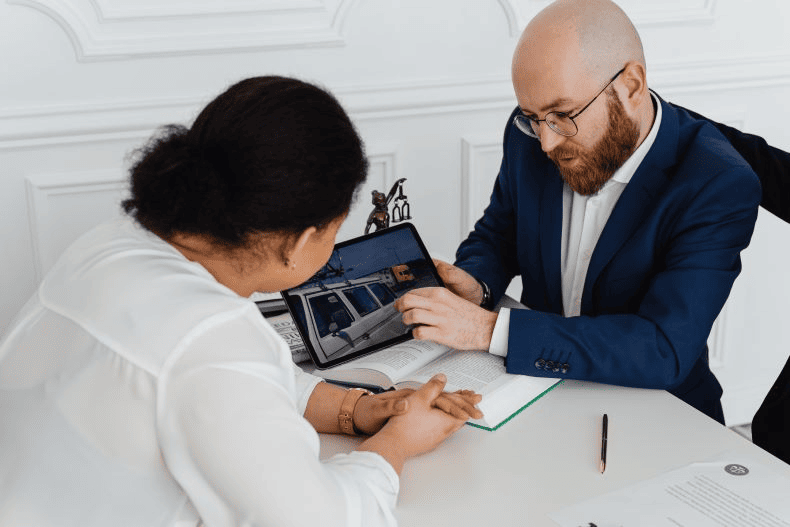
The Bourassa Law Group Has You Covered in Car Accident Lawsuits
Determining fault in car accident cases is a critical element of the legal process. The location of the car accident damage, along with other evidence, plays a vital role in establishing fault. If you’re involved in a car accident, it’s essential to seek legal representation to ensure that your rights are protected and that you receive the compensation you deserve.
In Las Vegas, The Bourassa Law Group is a reputable law firm that offers expert legal services and a free consultation to assess your case. With our experienced lawyers by your side, you can navigate the complex world of car accident lawsuits with confidence and pursue the best possible outcome for your case.
Don’t hesitate to reach out for assistance when you need it most. Your well-being and legal rights are our top priorities. Book a free consultation appointment with us today!

